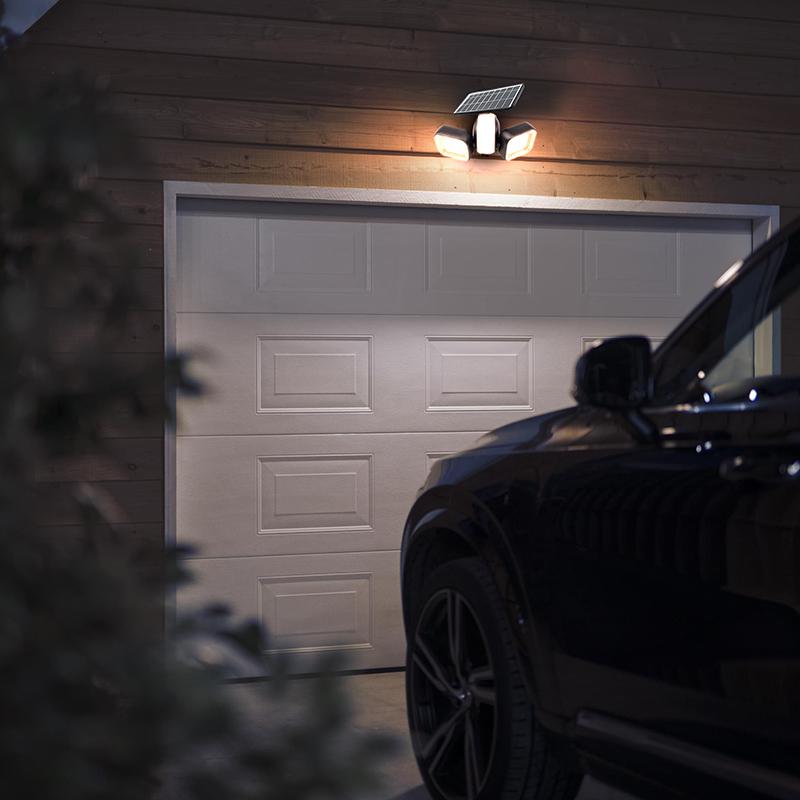What is a solar street light with sensors?
A solar street light with sensors is a street light that uses solar energy to provide energy and has a sensor. These street lights usually have a light sensor that automatically adjusts the brightness according to the surrounding light, thus saving energy.
For example, during the day, the light sensor senses that the light intensity is high and sends a signal to the street light’s controller to reduce the brightness of the light. At night or on cloudy days, the light sensor senses that the light intensity is low and sends a signal to the controller to increase the brightness of the street light.

How does it work?
Solar street lights with sensors are simple to install and require little maintenance, and they are usually powered by solar panels. The solar panels collect solar energy and convert it into electricity, which is stored in the street light’s batteries. The solar street light then uses the stored electricity to provide light at night.
PIR motion sensor
PIR motion sensors for solar lights are PIR (human infrared) motion sensors installed on solar street lights. PIR motion sensors sense whether people or objects are moving around and improve safety by adjusting the brightness of the street light.
For example, when the PIR motion sensor senses someone passing by, the street light will increase its brightness to provide enough illumination to prevent people from falling. When the motion disappears, the street light automatically reduces its brightness to save energy.

Light sensors
The solar light sensor is a light sensor installed on the solar street light. The light sensor senses the intensity of the surrounding light and adjusts the brightness of the street light according to the light intensity.
Temperature sensor
The temperature sensor senses the surrounding temperature and adjusts the brightness of the street light according to the temperature change.
For example, in cold weather, the temperature sensor senses that the surrounding temperature is low and sends a signal to the controller of the street light to increase the brightness of the street light to provide more illumination to people. In warm weather, the temperature sensor senses that the surrounding temperature is high and sends a signal to the controller to reduce the brightness of the street light to save energy.